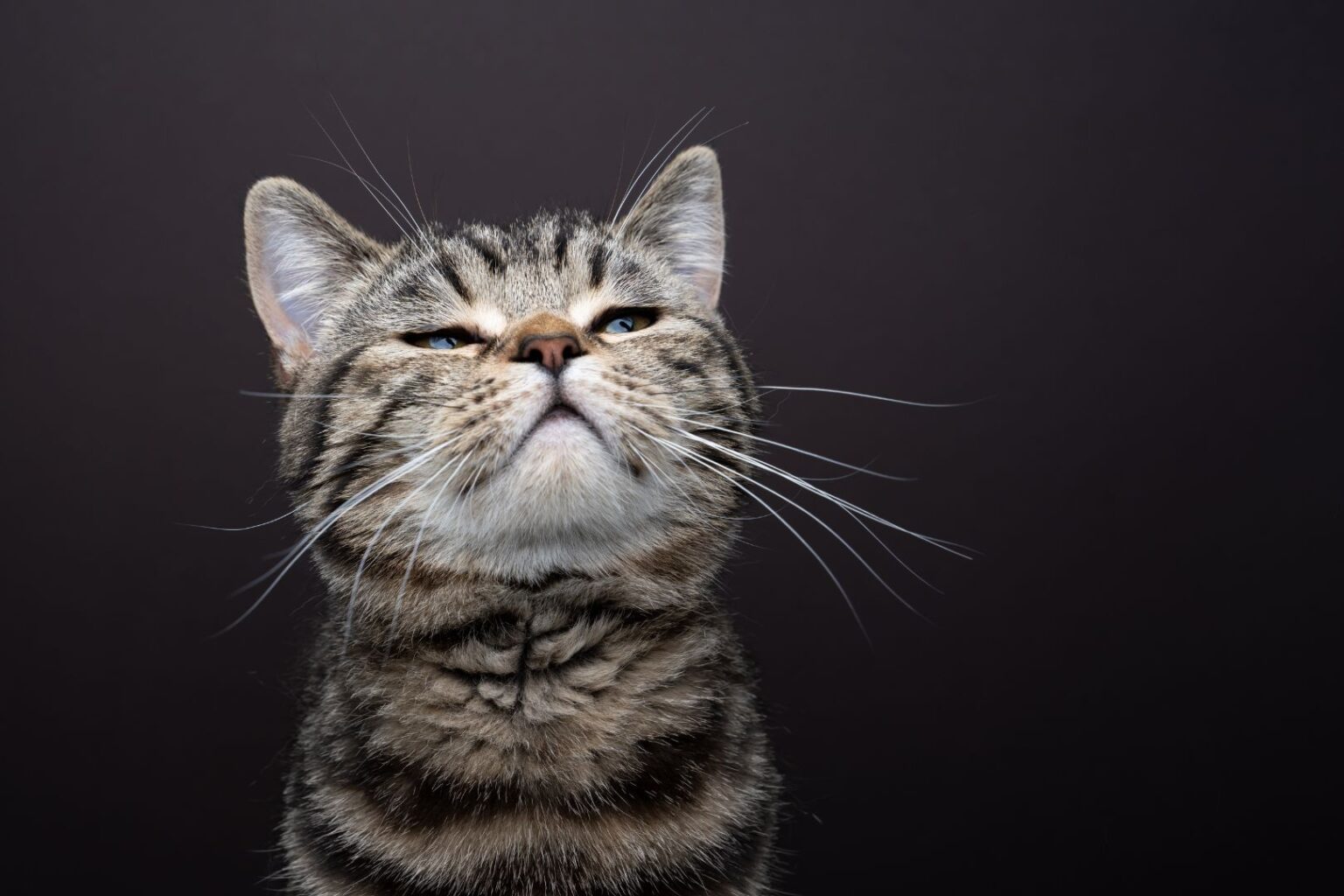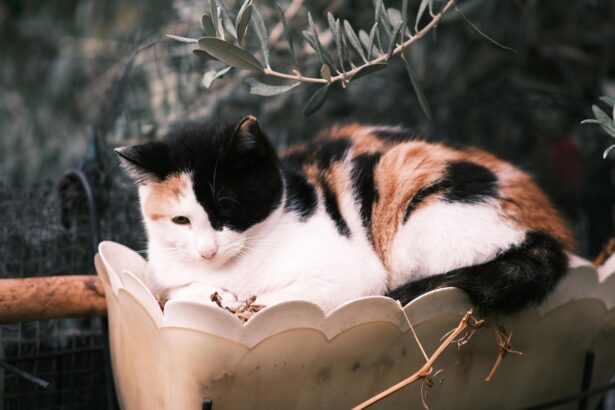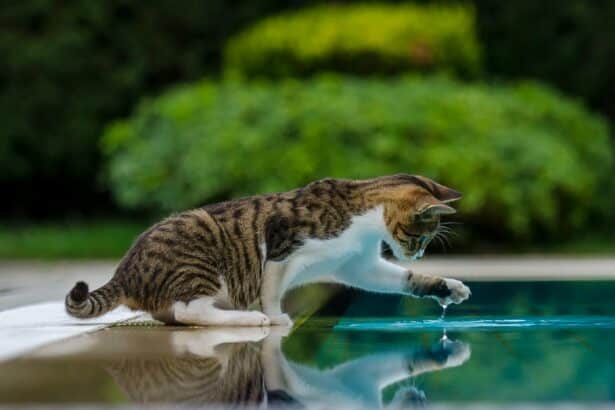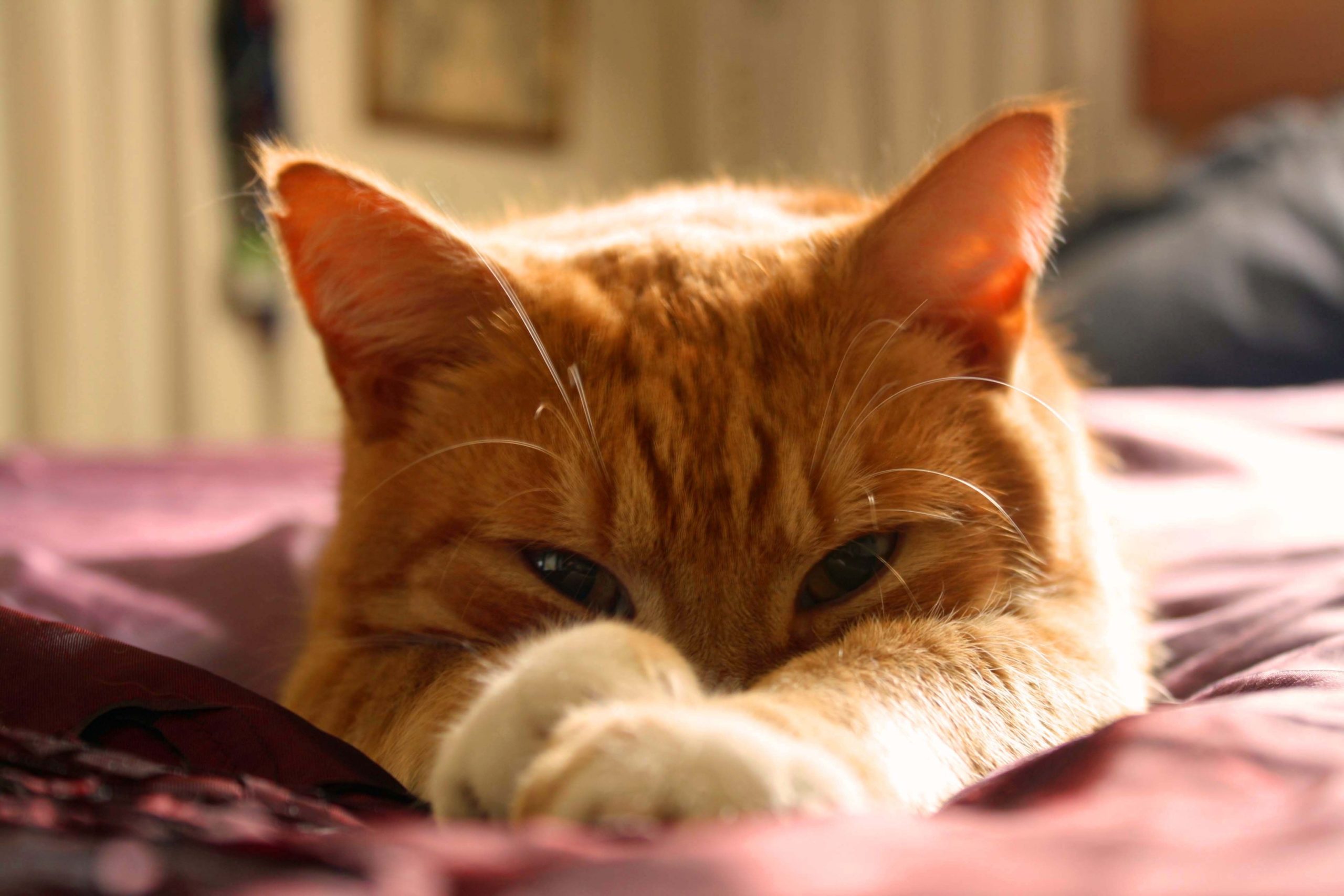Introduction
What does your living room look like through your cat’s eyes? Think softer reds, crisper blues and yellows, and a world that truly wakes up the moment something twitches. Their gaze is built for hunting, not color charts.
Understanding this changes everything: better toy choices, a calmer home, playtime that finally “clicks.” Want the full picture? Explore our complete guide to how cats see.
How your cat’s eyes work
On paper, a cat’s eye mirrors ours: cornea, iris, lens, retina, optic nerve. In practice, the priorities are different: gather light, boost contrast, spot movement instantly.
Cones and rods
Cones see color; rods catch light. In cats, rods dominate by far, which is why dawn and dusk are their magic hours.
- Exceptional in low light, but less sensitive to saturated colors.
- Sharpest at mid-range; up close, whiskers and nose take over.
- The brain ranks motion and contrast before color every time.
Tapetum lucidum: their night mirror
Behind the retina, the tapetum lucidum reflects light back through the photoreceptors, supercharging night vision. That’s the glow you see when a lamp hits their eyes.
Surprising detail: this inner “mirror” can smooth very fine details, but the light boost is unbeatable for a small predator.
Colors: muted palette, not black-and-white
No, your cat doesn’t see in black-and-white. Blues and yellows stand out; reds and greens blur into browns or greys. A red mouse on a brown rug? Meh. The same toy in blue? Now we’re talking.
- Easiest shades: blues, yellows, beiges with strong contrast.
- Tougher hues: reds, pinks, greens, violets (often look brown/grey).
- Contrast is queen: clear shapes and moving objects win every time.
Ever seen those “cucumber scare” videos? That jumpy reaction mixes surprise, a tricky angle, and a sudden contrast—flight becomes the safest choice. Curious why it happens? Read why cats get spooked by cucumbers.
Night vision and the motion superpower
Twilight is their golden hour. Thanks to the tapetum and a dense rod army, cats move with ease in dim light. Total darkness? No miracle—some photons are still required.
Motion detection
A sliding shoelace, drifting dust, a whisker quiver—everything ticks their internal radar. Movement, far more than color, sparks the chase.
Field of view and sharpness
Their field of view is wide—great for side surveillance. At very close range, the picture blurs, and whiskers “read” distance and texture.
Want to dig deeper into the science behind those glowing eyes? Here’s cat vision explained simply.
Home hacks: make your space easy to “read”
- Place a light, non-slip mat under bowls so water and kibble stand out visually—fewer blind swats, fewer spills.
- Pick blue/yellow toys with strong outlines, especially for evening play.
- Add a soft nightlight (2700–3000 K) near the litter box, bowls, or hallway to calm jumpy shadows.
- Create a window perch: the leaves, birds and clouds are pure enrichment.
- Original tip: stick a narrow, low-lumen motion LED under the lip of the litter box or first stair. In dim light, it becomes a discreet, reassuring beacon without glare.
Want to enrich play with scent trails too? Try the scents cats adore and rotate them weekly.
Common mistake to avoid
Laser overuse. Your cat can’t ever “catch” the dot, which can build frustration and stress.
If you use one, always end with a catchable prey (feather wand, soft mouse), then reward. Their brain needs a satisfying ending.
Three eye facts you’ll love
- The vertical slit pupil fine-tunes light intake and helps judge distance in a split second.
- Cats have a third eyelid (nictitating membrane), sometimes visible when deeply relaxed or very sleepy.
- The nighttime eye-shine is simply the tapetum reflecting light—no mystic powers, just brilliant biology.
Key takeaways
- Cats excel in dim light and track motion before color.
- Think blue/yellow and contrast for toys and visual cues.
- Soft night lighting + a play finale they can “win” = a calmer, satisfied cat.


FAQ
Do cats see in complete darkness?
No. They’re outstanding in low light thanks to the tapetum lucidum, but some light is still needed.
Can cats see color?
Yes—mainly blues and yellows. Reds and greens tend to look muted or grayish.
Why are a cat’s pupils vertical?
To finely control light and quickly estimate distance, especially in bright conditions.
What toy colors are easiest for cats to spot?
Go for blue or yellow with bold contrast and movement—then finish with a toy they can actually catch.








